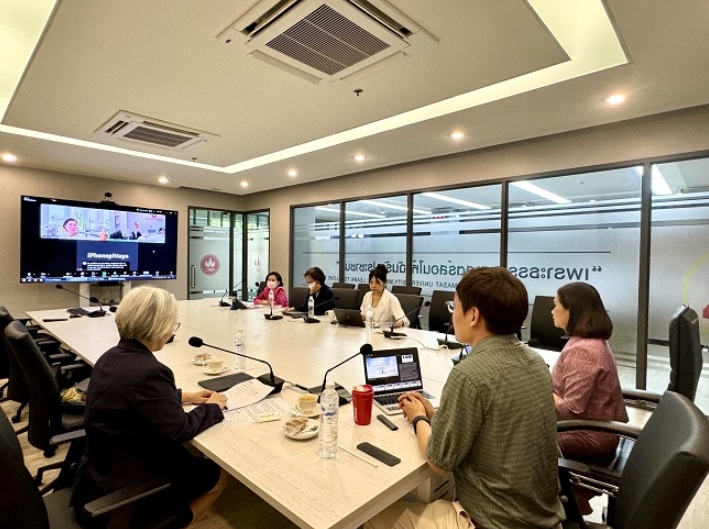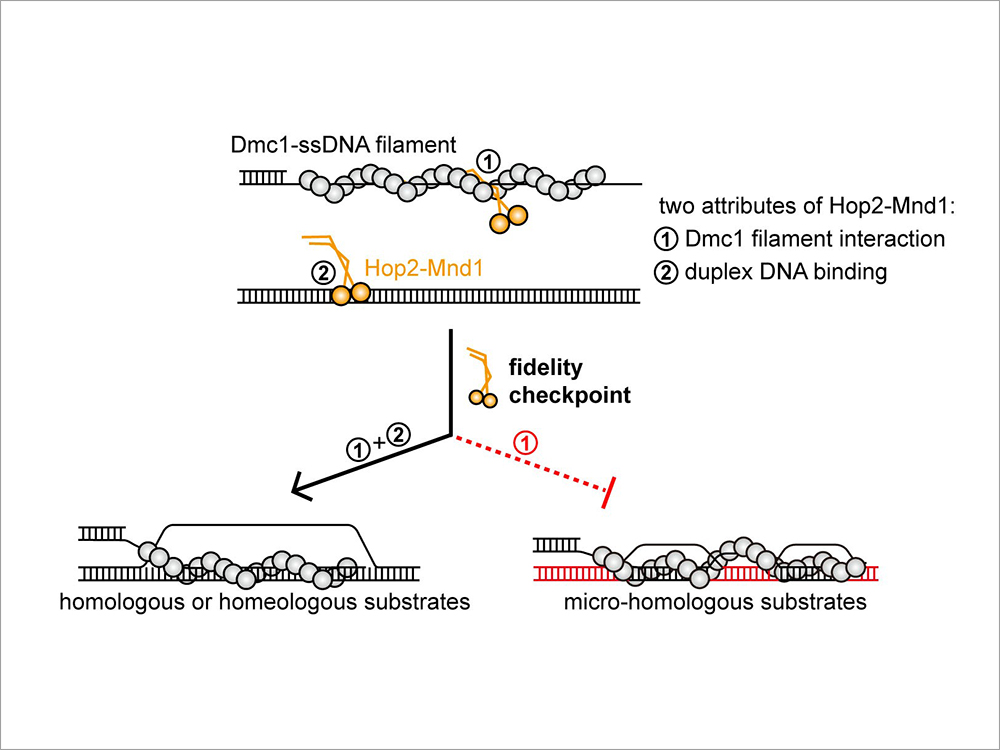Land and resource limitations are becoming more prevalent as the global population expands. This is especially true in sprawling megacities where millions live within tight geographical boundaries.
Developing underground space could be a solution to address urban land scarcity. Urban subterranean space is often underutilised and its development could uncover new social, economic and environmental possibilities that shape the cities of tomorrow. Innovations that protect coastlines from erosion, prevent low-lying areas from being submerged and create space for urban development, especially in the face of rising sea levels caused by climate change, could be part of the future of coastal cities.
In response to urban challenges, researchers from NTU’s School of Civil and Environmental Engineering (CEE) are diving deep, literally, focusing on both developing space below ground and protecting coastal regions. These projects include new digital platforms to reduce costs and enhance safety in underground construction, and green building materials to stabilise shorelines and adapt to rising sea levels.
Supporting the school’s endeavours is the Centre for Urban Solutions (CUS), a multidisciplinary initiative to provide leadership in research and development of innovative solutions for sustainable living and infrastructure for future cities.
The centre seeks to address urban development challenges by integrating digital technologies, such as artificial intelligence (AI), into urban planning and construction.
Eyeing the depths
One area that CUS focuses on is underground engineering. In land-scarce cities, space is being created through not just upward expansion, such as high-rise buildings, but also downward development. This subterranean push fortifies the city for future expansion as well.
Assoc Prof Wu Wei, who heads CUS’ Underground Engineering Cluster, runs cross-functional teams pioneering digital solutions to manage the unpredictable underground. “Digging up to 100 metres deep poses significant engineering challenges, such as managing costs and controlling surface settlement to prevent accidents like the ground collapsing,” he explains, citing a spate of devastating sinkhole incidents that have occurred worldwide during construction projects.
His group has developed methods powered by AI to precisely map underground structures like cavities or boulders, employing machine learning to detect anomalies autonomously.
“Our machine learning algorithms sift through geological data to identify deeper and clearer anomalies compared to existing approaches. This method reduces costs, cuts the need for constant human supervision and greatly enhances the efficiency and accuracy of our underground assessments,” Assoc Prof Wu notes.
CEE researcher Asst Prof Shi Chao has similarly turned to transformative digital solutions for underground and coastal engineering. His research team uses algorithms and digital twins – virtual models that simulate subsurface conditions – to optimise the construction of underground infrastructure. These virtual models accelerate real-world predictions and analyses when assessing the suitability of underground spaces for use, minimising the need for physical testing.
“We harness emerging AI technology to combine geological knowledge and site-specific data to automatically build and update digital twins,” explains Asst Prof Shi, stressing the need for accurate underground modelling to reduce risks in safety and project failure.
His team has successfully applied the digital twin approach in Hong Kong, assessing conditions such as slope stability and the structural integrity of the seabed for land reclamation and tunnelling projects. In cities with limited land resources, digital twins can help mitigate the risks of building on challenging soil conditions.
“The success of our models in solving complex engineering challenges brings us closer to revolutionising civil engineering and integrating advanced technologies to improve the efficiency, safety and sustainability of our infrastructure,” adds Asst Prof Shi.
Safeguarding our shores
Meanwhile, cities with low-lying coastlines face the imminent threat of rising sea levels. Singapore’s latest national climate change study projects an increase of up to 1.15 metres in sea level by the end of the century, exceeding previous estimates.
Prof Chu Jian, Chair of CEE and Director of CUS, is leading the charge on two research projects under the Coastal Protection and Flood Resilience Institute Singapore to mitigate this threat: improving shoreline stability and exploring sustainable materials for coastal protection. His work could also support land reclamation projects through novel construction methods and improving soil properties to enhance the stability of reclaimed land.
One such innovation is biocement, a durable and sustainable cement alternative produced from waste byproducts, embodying circular economy principles. The material could be used to build tube-like bunds along the coastline that protect beaches from strong waves and accumulate sediments like sand. In time, the bunds could help restore eroded shorelines and prevent further erosion due to rising sea levels.
“We tested biocement as a solution to prevent beach erosion at East Coast Park in a pilot project carried out with the National Parks Board, a Singapore public agency. Evaluations of the tests are underway,” says Prof Chu.
Currently, about 70% of Singapore’s coastline is safeguarded by coastal protection structures such as seawalls. Now, CUS researchers are working with national coastal protection agency PUB and the industry to develop alternative coastal protection structures using modular floating concrete units with impervious flexible seawalls that can adjust to changing sea levels. These structures could serve as coastal protection solutions that are multifunctional in incorporating roads and recreational spaces within or at the top of the modular units.
The work at CEE and CUS emphasises balancing engineering ingenuity with environmental sustainability. “We are taking a holistic approach to coastal protection and water management strategies. It’s important to design solutions that have minimal impact on the environment, which is why we harness nature-based innovations,” shares Prof Chu.
Prof Chu is optimistic about the research outcomes of CEE and CUS, which are bolstered by strategic collaborations with industry and government. “Most of our research projects are funded by government agencies or industries that address national needs directly,” he says. “All the work contributes to building up a city’s resilience against the changing climate.”




.jpg)
